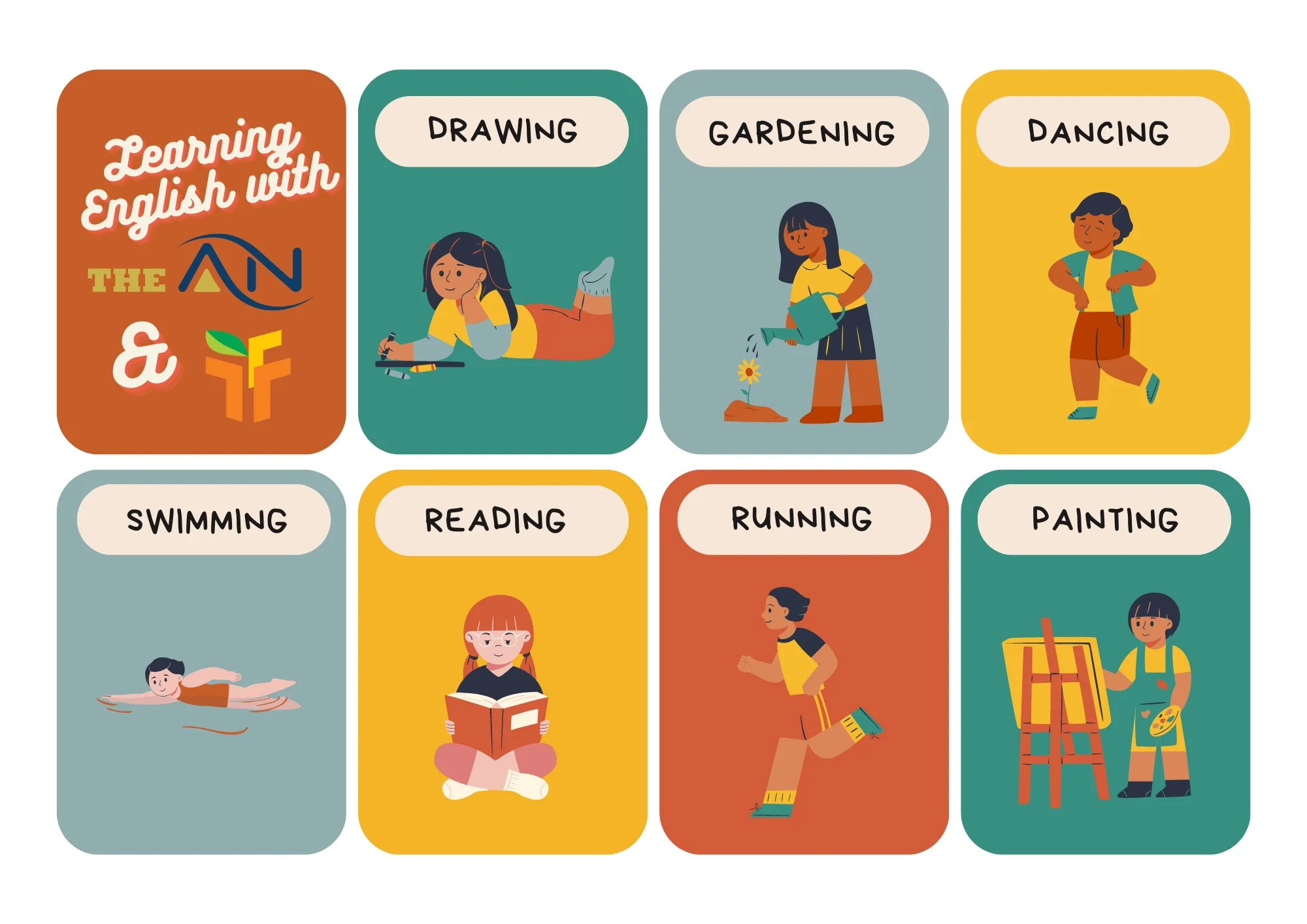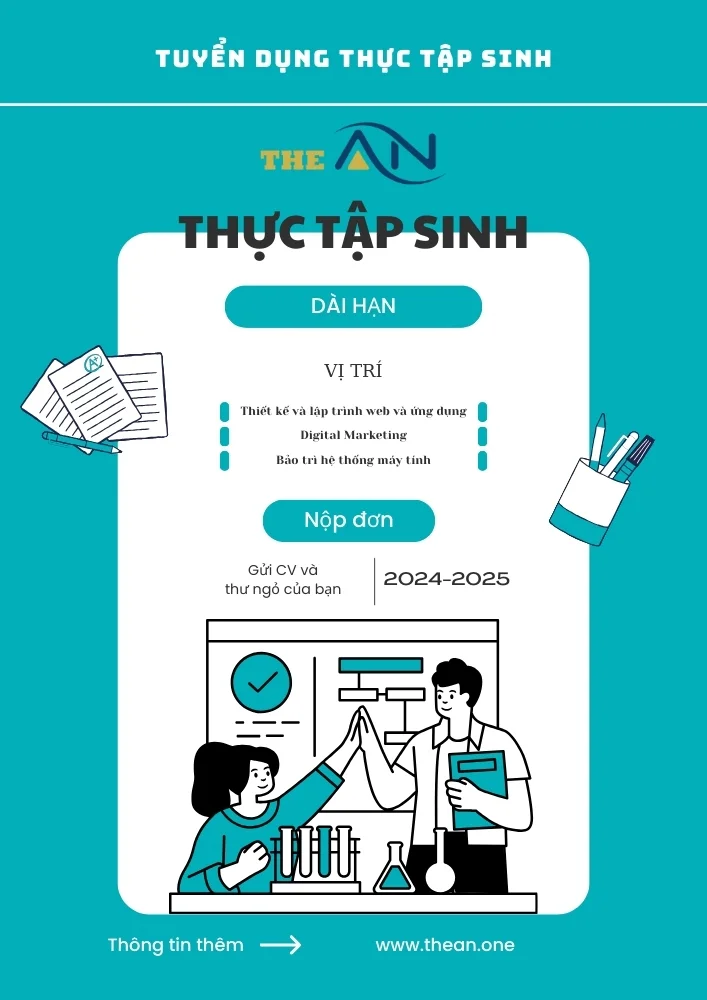Present Perfect Tense: Definition, Rules, Examples, Structure

Present Perfect Tense: Understanding how to use the present perfect tense correctly can significantly enhance your ability to communicate effectively in English. Present Perfect Tense is a vital aspect of English that allows the expression different of meanings and can convey information about complete actions within indefinite time frames.
In this article, we will delve into the topic of the Present Perfect Tense and get to know about rules and structure, equipping you with the knowledge to utilize this tense confidently.
Table of Content
- What is the Present Perfect Tense?
- Definition of the Present Perfect Tense
- Structure of the Present Perfect Tense
- Rules for Present Perfect Tense
- Present Perfect Tense Formula
- Present Perfect Tense Examples
- Present Perfect Tense Exercises
- Use of Present Perfect Tense
What is the Present Perfect Tense?
The Present perfect tense is a type of tense that is used in the present to indicate that an action has already taken place at some point in the past. It combines the primary verb with an auxiliary verb and the past participle to form the phrase “verb + ed.” “I have seen this movie before”, and “he has finished all of his schoolwork”, in both instances of sentences written in the present perfect tense.
When you are speaking about past events or experiences, you will most often employ the use of the present perfect in everyday conversation.
- Sanjana has lost her purse.
- We have seen this type of performance already.
- She has broken her left leg.
- There has been a brutal accident on the highway.
Definition of the Present Perfect Tense
The Oxford Learner’s Dictionary defines the present perfect tense as “the form of a verb that expresses an action done in a time period up to the present, formed in English with the present tense of ‘have’ and the ‘past participle’ of the verb, as in I have eaten.” According to the Cambridge Dictionary, the present perfect tense is defined as “the form of the verb used for actions or events that have been completed or have happened in a period of time up to now.”
A much more elaborate definition is given by the Collins Dictionary and according to it, “the present perfect tenses of a verb are the ones used to talk about things which happened before the time you are speaking or writing but are relevant to the present situation, or things that began in the past and are still happening.” The Merriam-Webster Dictionary defines the present perfect tense as one “relating to, or constituting a verb tense that is traditionally formed in English with have and a past participle and that expresses an action or state begun in the past and completed at the time of speaking (as in “I have finished”) or continuing in the present (as in “We have lived here for several years”).
Structure of the Present Perfect Tense
In the Present Simple tense, the auxiliary word (have) takes the conjugations to have and has. The structure of the Present Perfect is:
| Subject | + | auxiliary have | + | main verb |
| conjugated in Present Simple (have, has) | past participle |
The following verbs always take the shape of their past participle: -ed (or irregular) (or irregular)
Not is placed in the space between the secondary word and the primary verb when constructing negative statements.
When constructing question statements, the subject and the supplementary word are switched places.
It is possible to make the present perfect tense of a verb by combining the form of the verb’s past participle with the assisting word “have” or “has.” If the subject is in the first person singular or plural (‘I’ or ‘we’), in the second person (‘you‘), or in the third person collective (‘they’), you should use the ‘have’ verb. If the subject is a third-person singular (such as “he,” “she,” or “it“), you should use the word “has.”
Rules for Present Perfect Tense
To form the Present Perfect Tense, we combine the auxiliary verb “have”(in its appropriate form)with the past principles of the main verb. The structure varies depending upon the subject is singular or plural:
- Affirmative: Subject + have/has + past participle
- Negative: Subject + have/has + not + past participle
- Interrogative: Have/Has + subject + past participle?
Let us take some examples:
- Affirmative: “I have studied,” “They have traveled.”
- Negative: “She hasn’t finished her homework,” “We haven’t seen him today.”
- Interrogative: “Have you visited Paris before?” “Has he eaten lunch yet?”
Present Perfect Tense Formula
The general formula of the present perfect tense is as described below:
Present Perfect Tense Examples
- Raj has worked as a realtor for 2 years.
- We both have worked as a teacher for 2 years.
- We have worked as educators for 2 years.
- He has worked as a film director for 4 years.
- She has worked as an assistant professor for 5 years.
- They have worked as educators for 3 years.
- The book has been here the whole time.
Present Perfect Tense Exercises
- She _____to Office since 12th July.(come)
- We ______ to music for a long time. (listen)
- I _____ paintball since 10th November.(play)
- They ______on a course to learn English for a long time. (go)
- How long have you _____ chess? (play)
- He ______ a newspaper for two hours. (read)
- ______ computer game since Monday?(play)
- They ______ here since 2015. (live)
- The ______ baby for three hours. (cry)
Answer:
- haven’t been coming
- haven’t been listening
- have been playing
- have been going
- been playing
- has been reading
- Has he been playing
- haven’t been living
- hasn’t been crying
Use of Present Perfect Tense
Here are a few common uses of Present Perfect Tense:
- Completed Actions with Present Relevance:
- Unspecified Time in the Past
- Experience
- Recent Past Actions
- Repeated Actions
- Actions Started in the Past, Continuing in Present:
- For News or Updates
Present Perfect Tense- FAQs
The present perfect tense is a word tense that’s utilized in English for activities that occurred in the past but are connected to the present or continue into the present. It is easy to spot because it is accompanied by the auxiliary verbs, also known as helper verbs, has and has, as in the sentence “I have gone swimming ever since I was a youngster.“
The present perfect tense is commonly used with events that started in the past and continue into the present. However, it has a few other uses too, including events that happened very recently in the past.
In order to form the present perfect tense, we use the word have or has followed by the past participle of the verb. For regular verbs, the past participle is a form of the verb that ends in -ed, -d, or -t. For example, the past participle of cook is cooked and so the present perfect tense would have/has cooked.
The present perfect of any verb is composed of two elements: the appropriate form of the auxiliary verb to have (present tense), plus the past participle of the main verb. The past participle of a regular verb is base+ed, e.g. played, arrived, looked.
Here are a few examples of present perfect tense:
- They have purchased a new house.
- There has been a brutal car accident.
- We have not traveled to Venus yet.
- John has studied multiple foreign languages.
Quý anh/chị đang tìm kiếm một doanh nghiệp uy tín cung cấp dịch vụ Công Nghệ Thông Tin như Thiết kế và lập trình website, Digital Marketing, hoặc dịch vụ Bảo trì và chăm sóc hệ thống máy tính, ...? Đừng ngần ngại hãy liên hệ với The ÂN qua số điện thoại (+84).326.418.478 để được tư vấn cụ thể, hoặc liên hệ qua mẫu tin.
Các thông tin nổi bật khác:









